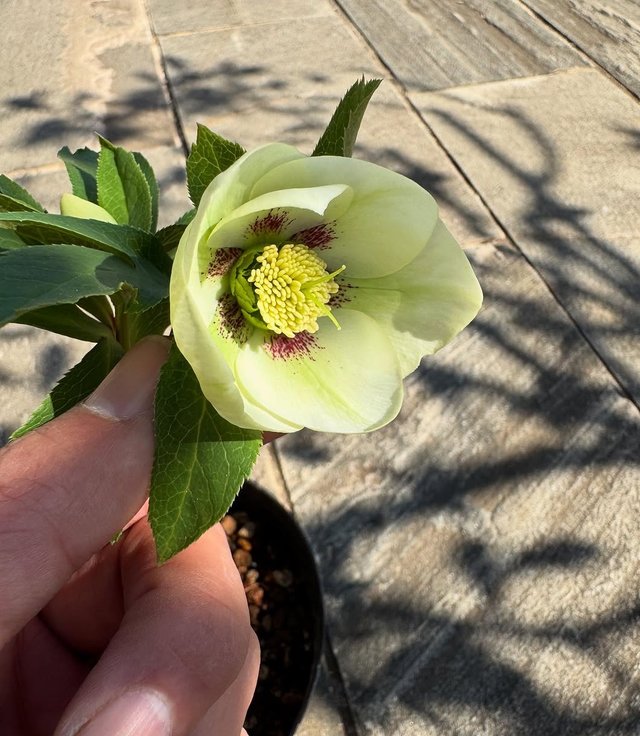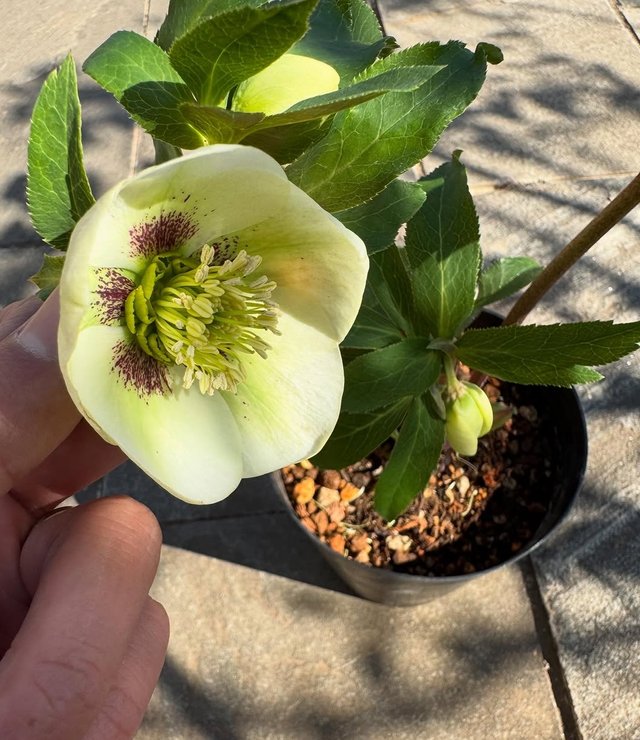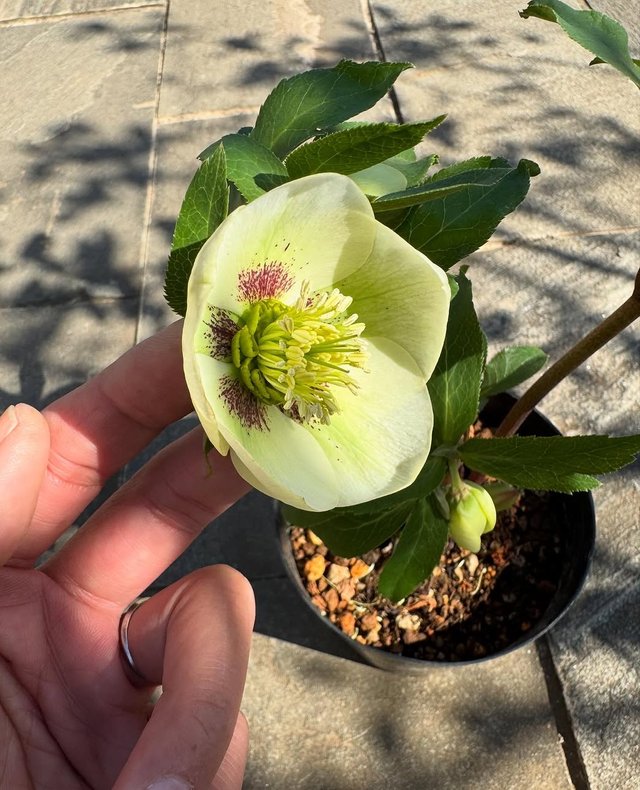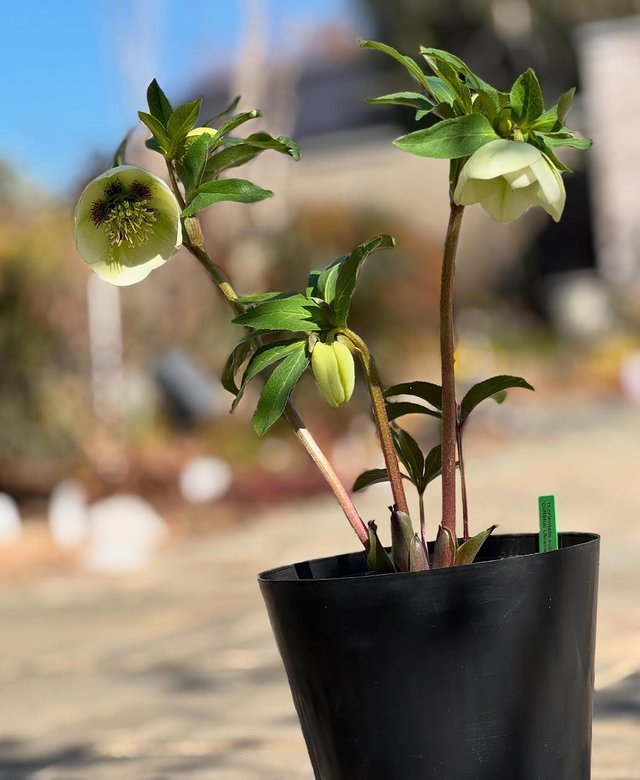Helleborus niger: The Enchanting Christmas Rose
Helleborus niger, commonly known as the Christmas Rose, is a captivating and resilient perennial that brings elegance to winter gardens with its delicate white blooms. Despite its name, it is not a true rose but belongs to the Ranunculaceae family. This evergreen herbaceous plant is cherished for its ability to bloom during the coldest months, often pushing through the snow to reveal its striking flowers.
Botanical Characteristics
Helleborus niger features leathery, dark green, palmate leaves that provide year-round interest. The flowers, which typically appear from late fall to early spring, are large, pure white, and sometimes tinged with pink as they age. These blossoms resemble wild roses, contributing to the plant’s common name. The contrast between the pristine white petals and the golden-yellow stamens in the center makes them a focal point in winter gardens.
There are two primary subspecies:Helleborus niger subsp. niger – The more widespread variety, found in Central and Southern Europe.
Helleborus niger subsp. macranthus – A larger-flowered form that is more restricted in distribution.
Growing Conditions and Care
Helleborus niger is a hardy plant that thrives in USDA zones 3-8. Its adaptability makes it an excellent choice for woodland gardens, borders, and container planting. However, it does have specific preferences:
Soil – Well-drained, humus-rich soil with a neutral to alkaline pH is ideal.
Light – Prefers partial shade but can tolerate full sun in cooler climates.
Watering – Requires moderate moisture; avoid waterlogged conditions, as excessive dampness can lead to root rot.
Fertilization – Benefits from occasional feeding with compost or balanced fertilizers in early spring and autumn.
Once established, Helleborus niger is relatively low-maintenance, with resistance to deer and rabbits, making it a reliable choice for many landscapes.
Symbolism and Folklore
The Christmas Rose has a deep-rooted history in folklore and symbolism. According to legend, a young girl named Madelon wept because she had no gift for the Christ child. As her tears touched the ground, a beautiful white rose bloomed, which she offered as a gift. This story is why Helleborus niger is associated with Christmas and purity.
In Victorian times, the plant symbolized hope and serenity. It was also believed to have protective qualities, warding off evil spirits and bringing good fortune to those who planted it near their homes.




%20(7).jpeg)